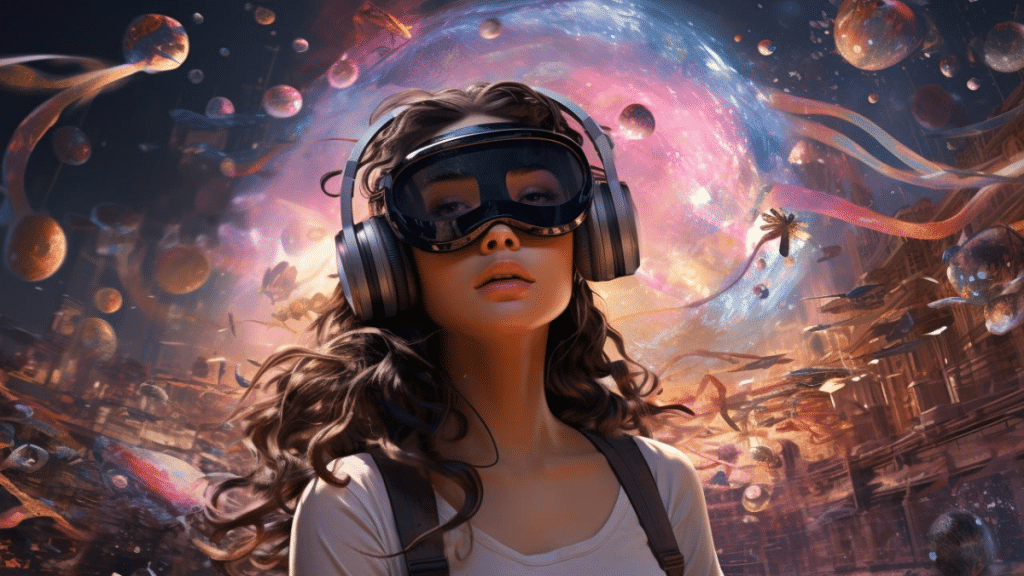AI is influencing the way we tell stories. It’s not just about tech; it’s about combining smart tools with human imagination to create something fresh. Want to see how AI is reshaping storytelling? Read on.
The Evolution of Storytelling Tools
Storytelling has come a long way — from oral traditions and printed books to digital platforms and now AI-powered tools. One of the first big steps in this evolution was AI Dungeon, an interactive game that lets users write their adventure stories with help from artificial intelligence. You type in a prompt, and the AI continues the story in real time, creating a new and unpredictable narrative every time.
Since then, more advanced tools have appeared. For example, services like AI story from Talefy allow anyone to create their own stories in genres like sci-fi, fantasy, or mystery. These tools use AI to help shape unique plotlines based on your input.
Thanks to these innovations, storytelling is no longer limited to just writers. With AI, anyone can become a storyteller and bring their imagination to life.
Real-World Applications of AI in Storytelling
AI is transforming storytelling across various industries, from gaming and film to journalism.
- Gaming: In the gaming world, AI enhances player interaction by powering dynamic characters. For instance, in Fortnite, AI-driven characters like Darth Vader adapt to player actions, creating more immersive experiences. Similarly, AI Dungeon allows players to engage in text-based adventures where the narrative evolves based on their choices, offering virtually limitless story possibilities.
- Film: In filmmaking, Google’s “Flow” enable creators to generate cinematic content through text prompts. This technology allows for rapid prototyping of scenes and storylines, streamlining the creative process and opening new avenues for storytelling.
- Media: In journalism, AI is used to personalize content delivery. TIME magazine has implemented AI to tailor news stories to individual reader preferences.
Benefits and Challenges of AI-Driven Stories
AI is making storytelling faster and more flexible, but it’s not without issues.
Benefits:
- Faster content production: AI handles repetitive tasks like drafting, editing, or formatting, saving creators time and effort.
- Scalability: Large volumes of content can be created quickly, ideal for businesses or platforms needing regular updates.
- Personalized experiences: AI can adapt stories based on user preferences or behavior, offering tailored and more engaging narratives.
Challenges:
- Ethical concerns: AI-generated content may include bias, misinformation, or raise questions around data privacy and content ownership.
- Job displacement risks: As AI takes over more creative tasks, some fear it could reduce opportunities for writers, artists, and other creatives.
The Role of Human Creativity in AI Storytelling
AI can help tell stories, but it still requires a human touch. People bring emotional depth, cultural meaning, and ethical thinking — things AI can’t fully understand. Writers guide the machine learning system to make sure the story feels real and connects with readers. Without human input, AI-generated stories can feel flat or miss important context. That’s why human creativity is essential — it shapes the story, adds heart, and makes sure it’s something people actually want to read.
Future Outlook: The Symbiosis of AI and Storytelling
As AI tools continue to improve, they’ll become a bigger part of how we tell stories. From interactive games to personalized books, AI can help make storytelling more exciting and accessible. It also gives more people a chance to share their ideas, even if they’re not professional writers. In the future, storytelling will likely be a team effort, where humans and AI work together to create new kinds of creative experiences.
